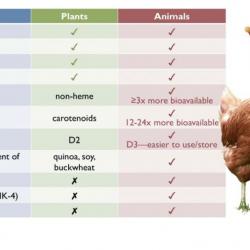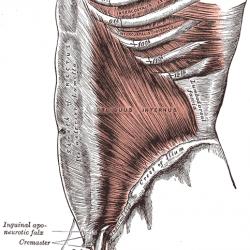Methods to Safely Repair Damaged Teeth
Having damaged teeth can be embarrassing as well as sometimes painful. Teeth can be chipped, broken, erode, and lose enamel. There are methods that are used to address these issues you may experience with your teeth.
Repairing a Chipped or Broken Tooth
If your tooth is chipped, broken, or fractured, you should contact your dentist for an appointment as soon as possible. If you do not visit a dentist to repair the broken tooth, your tooth may become more damaged or infected. If your tooth becomes infected or has extensive damage, you may lose your tooth. If you aren't able to see your dentist immediately, you can do the following at home:
- If you are experiencing pain, take an over-the-counter pain reliever and rinse your mouth with a salt water solution.
- If your broken tooth has jagged or sharp edges, you can cover the broken tooth with sugarless gum or paraffin wax to prevent the tooth from cutting the inside of your cheek, lip, or tongue.
- Eat soft foods and do not bite down on the broken tooth.
The dental treatment for a chipped or broken tooth will depend on the extent of the damage. If your tooth has a small amount of damage to the enamel, your dentist will most likely be able to repair the tooth in one office visit. If your tooth is badly damaged, you may need to visit your dental office more than once. The following dental procedures are used to fix broken or chipped teeth:
- Bonding or Dental filling: For teeth that have small chips in enamel, your dentist may choose to repair the minor damage with a dilling. If your tooth is chipped in an area that is visible when you smile, your dentist may elect to repair the tooth damage with a bonding procedure. Bonding uses a composite resin that is tooth colored and not noticeable. Bonding is a fairly simple treatment that does not require any anesthetic. In a bonding procedure, your dentist will roughen your tooth and apply an adhesive to the tooth. After applying an adhesive, a resin composite that is tooth colored is applied. The resin composite is then shaped to appear naturally and an ultraviolet light is used to harden the resin composite.
- Crown or dental cap: If your tooth has a large break or has extensive decay, your dentist may elect to put in a dental cap or crown. This procedure involves grinding away the remaining tooth and placing a crown over it. The crown will protect the filed down tooth and improve the appearance of the tooth. Crowns are made from several materials including resin, metal, or ceramic. Ceramic and porcelain crowns are able to appear identical to your original teeth.
- Root canal: If your tooth is completely broken, but the root of the tooth is still intact, your dentist may elect to conduct a root canal. During this procedure a post is placed in the canal to which a structure is built up so that a crown can be placed on top of it. Afterward, your dentist would adhere the crown over the post placed in the root.
Repairing Teeth That Have Enamel Erosion
The symptoms of enamel erosion include the following:
- Discoloration - as enamel erodes, the teeth begin to appear yellow in color.
- Sensitivity - Some foods (i.e., sweet foods, acidic foods) as well as hot or cold foods may cause some pain if your teeth have enamel erosion.
- Severe Sensitivity - If your teeth have extensive enamel erosion, you may experience severe pain when consuming hot or cold foods.
- Chips and Cracks - As enamel erosion progresses, your teeth may become rough, jagged, and irregular shaped.
- Your teeth may also begin to have indentations on the surface as enamel erosion progresses.
As your enamel erodes, your risk of developing tooth decay or cavities is increased. If tooth decay is able to enter your enamel, it will then move into the main structure of your tooth. As cavities begin to grow and expand throughout the tooth, they can reach the nerve and eventually result in an infection or abscess. Some methods to treat and prevent enamel erosion and loss include:
- Flossing daily
- Brushing twice daily
- Rinse your teeth with an antiseptic mouthwash that has fluoride each day
- Visit your dentist regularly
- Eliminate acidic drinks and foods from your diet (e.g., lemons, sodas, citrus juices). If you do consume acidic foods or drinks, rinse your mouth with water afterward.
- Use a straw each time you consume acidic drinks
- Avoid snacking if you are unable to brush your teeth or rinse your mouth.
- Increase the amount of water you consume each day to prevent dry mouth
- Chew a sugar free gum between each meal in order to increase your saliva production and avoid dry mouth. Your saliva works to strengthen your teeth and provides important minerals
- Use a toothpaste that has fluoride as an ingredient, as it strengthens teeth
If your enamel loss is severe, you may need to visit your dentist. Your dentist can treat your teeth erosion by bonding your tooth, which will improve the appearance of your tooth and provide protection from further erosion.
If you are experiencing any of these dental issues, contact Brisbane Denture Haus for an appointment or consultation. We look forward to hearing from you!
More to Read:
Previous Posts:







